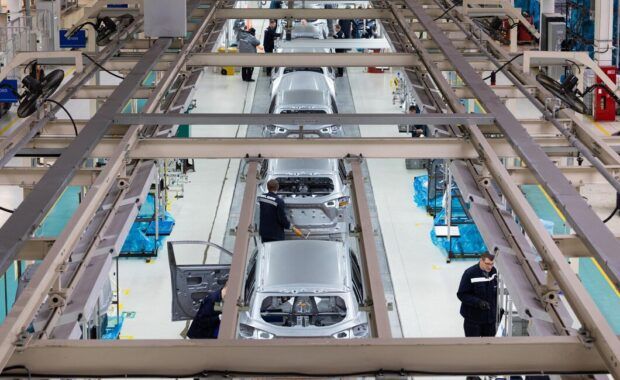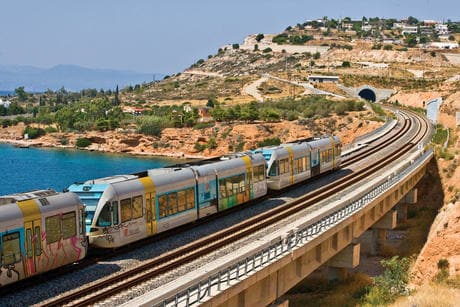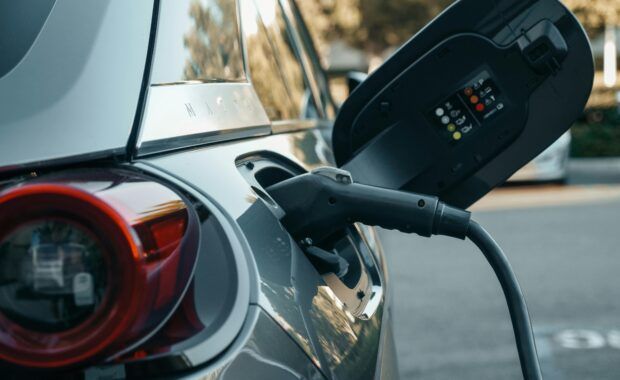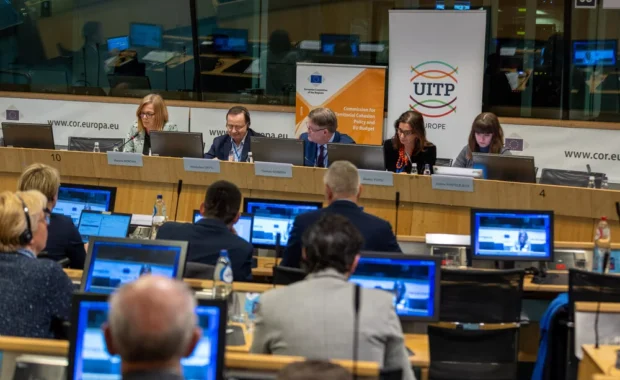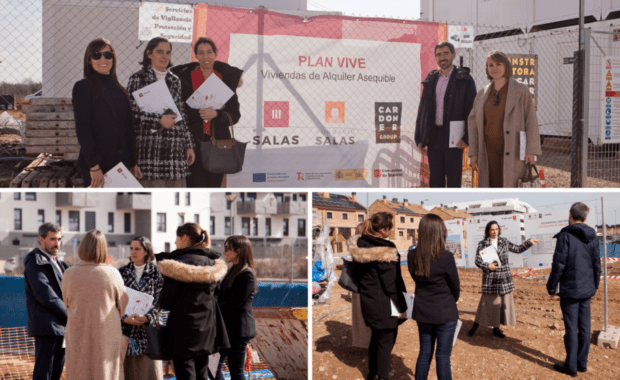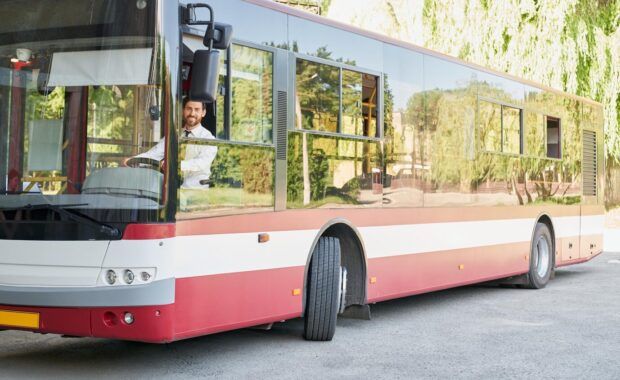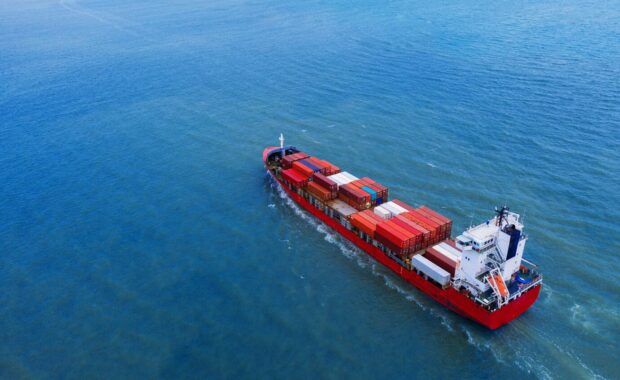On Monday, the Environment and Internal Market Committees adopted their proposals on new EU rules to cover the entire vehicle lifecycle, from design to final end-of-life treatment. The regulation would apply to cars and vans one year after its entry into force (five years for buses, heavy-duty vehicles, trailers, motorcycles, quads, mopeds and minicars). There […]
Read MoreEU invests €2.8 billion in 94 projects to enhance sustainable mobility across Europe
The European Commission selected 94 transport projects to receive nearly €2.8 billion in EU grants under the Connecting Europe Facility (CEF). By modernising railways, inland waterways and maritime routes across the trans-European transport network (TEN-T), the projects will not only help better connect European regions and cities – north to south, east to west, but also make the EU’s […]
Read MoreEuropean Parliament fast-tracks vote on flexibility measures for carmakers
On Tuesday, MEPs agreed to use the urgent procedure for a targeted change to CO2 emission performance standards for new cars and vans. The current rules set annual targets, covering five-year periods, for reducing average CO2 emissions from new cars and vans across the EU fleet. From 2025, an annual CO2 emission reduction target of 15% compared […]
Read MoreUpdated rules for safer roads, less air pollution and digital vehicle documents
For better road safety and air quality across the EU, the Commission is proposing a comprehensive overhaul of the EU’s road safety and vehicle registration rules. The new rules will take into account the growing presence of electric vehicles and adapt to emerging technologies. They will introduce enhanced inspections, including periodic technical inspections for electric vehicles and advanced driver-assistance […]
Read MoreLocal and regional leaders urge EU action to combat mobility poverty
During a high-level conference on “Addressing Mobility Poverty Across the EU”, organised by the European Committee of the Regions (CoR) together with the International Association of Public Transport (UITP), on 12 March at the CoR, regional and local leaders called for more accessible, efficient and sustainable mobility system, with public transport at its centre, to ensure social […]
Read MoreNextGenerationEU: Visits the construction site of Residencial Los Rosales
On 13 February, a team from the European Commission Representation in Spain visited the construction site of Residencial Los Rosales, a project of 152 publicly-subsidised rental homes built using industrialised façade, bathrooms and structure that the SALAS Group and Cardoner Group, through Camesa, are developing in Velilla de San Antonio, Madrid. The initiative is part […]
Read MoreAdding solar energy to the public transport equation
EU-backed researchers explore how to transform public transport depots into renewable energy hubs. A new study carried out by an international research team investigates the technical, economic and environmental implications of changing public transport depots to renewable energy hubs. Supported in part by the EU-funded STORM and NAVIGATE projects, the study provides a model that […]
Read MoreEU high-speed rail lines grew to 8 556 km in 2023
In 2023, the EU railway network had 200 947 km of railway lines, with the highest densities being found in and around main cities and other population hubs. The highest railway network density was registered in Czechia, with 123.2 metres of railway lines per km². Other EU countries with high densities included Belgium (119.2 m/km²), Germany (109.5 m/km²) and Luxembourg […]
Read MoreMaritime transport: environmental and sustainability challenges persist.
Europe’s maritime sector is making progress towards greater sustainability but will need to increase its efforts over the coming years to meet EU climate and environment goals aimed at reducing energy use, pollution, and greenhouse gas emissions as well as better protecting biodiversity. That is according to the second edition of the European Maritime Transport Environmental […]
Read More
